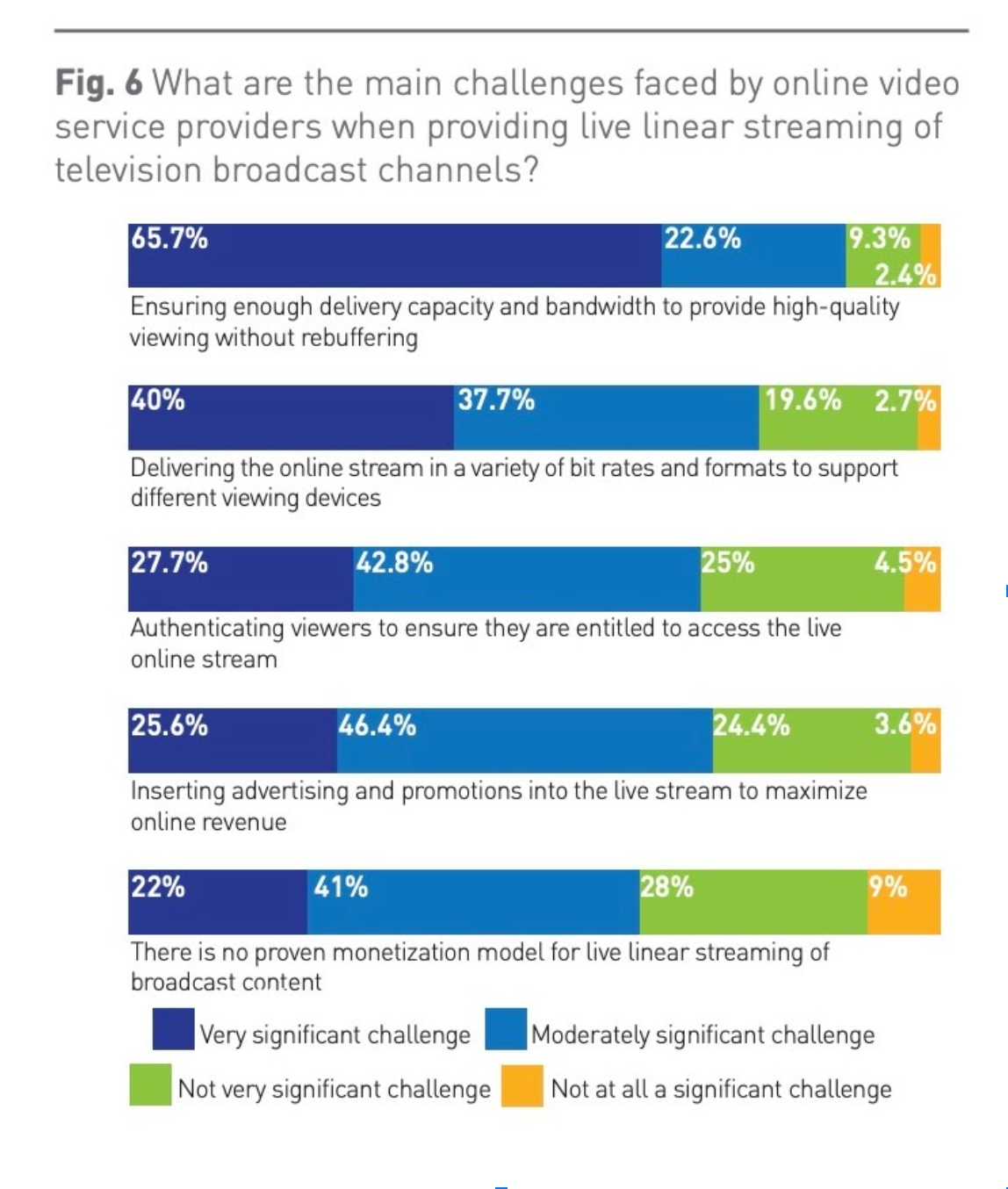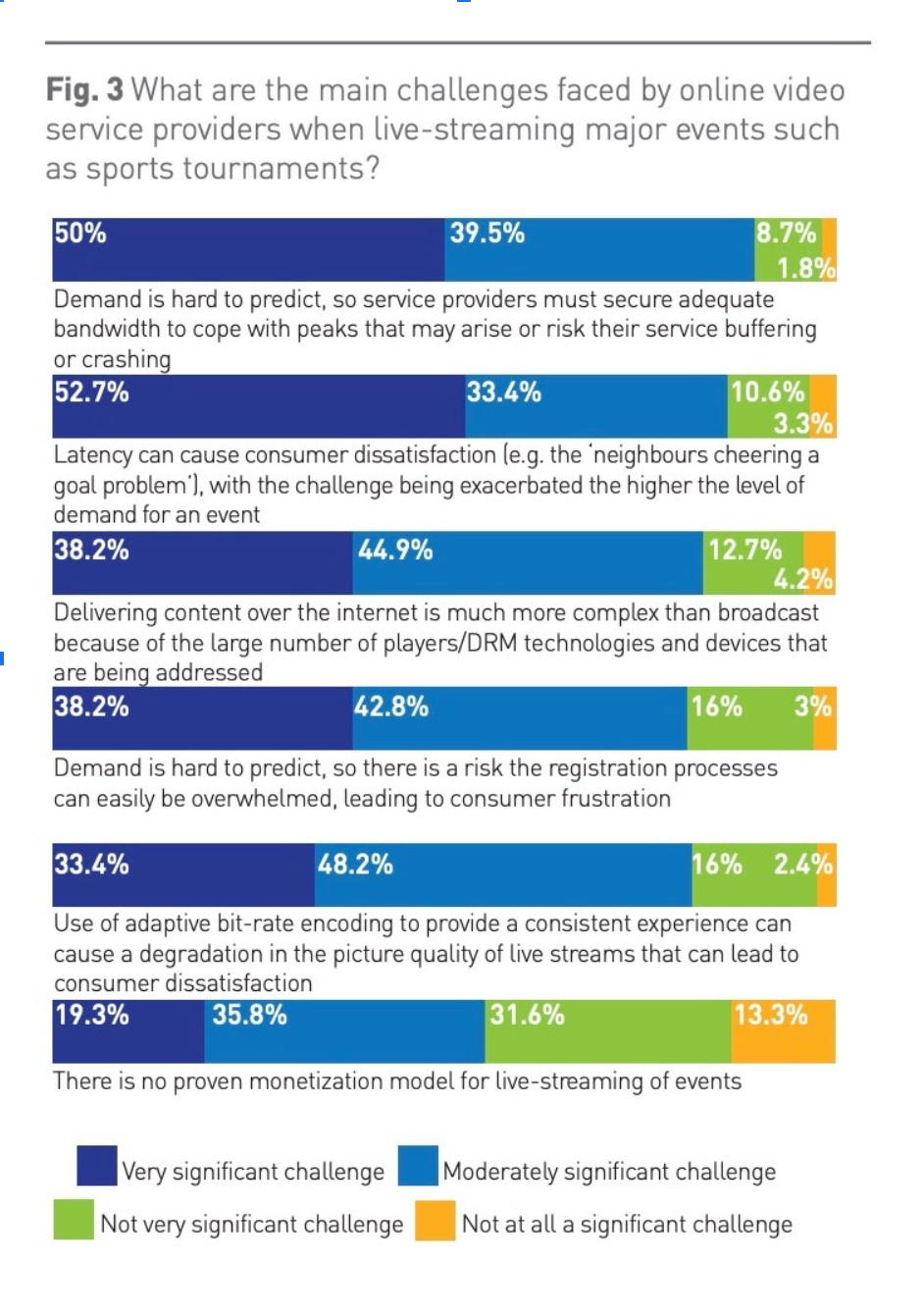Live Streaming in a World Emerging from a Global Pandemic


When the WHO declared the COVID-19 virus as a pandemic in March 2020, the event industry stopped in its tracks. Leaders throughout the world suspended all corporate conferences, exhibitions, seminars, trade shows, sports events, and art festivals, hoping to stop any further dissemination of the virus.
While the results of such harsh decisions may have helped contain the virus, it happened to disrupt an industry that business analysts valued at $1,135.4 billion. The blow dug deep into the lives of event professionals, as several reports attested:
- A survey conducted by Meeting Professional International (MPI) and Event MB found that 96% of event professionals experienced COVID-19-related cancellations.
- Live Design International found that 76% of the respondents indicated losing over 75% of their business since March 2020.
Amid a sea of layoffs and budget cuts, companies were forced to find new opportunities to connect with their prospects and clients. Some simply shifted their energies into other existing channels such as paid advertising, content marketing, and webinars.
However, the Event MB report found that approximately 73% of event professionals had moved their face-to-face events to virtual ones thanks to the adoption of live streaming technologies.
Even when the major world economies are removing the majority of the health restrictions, live streaming has a large impact that will continue to play a critical part in how event professionals run events. Let's take a look at how live streaming has changed the event industry, what challenges event professionals experience with it, and what you need to look for when adopting live streaming technology in your business.
How live streaming became popular

Live streaming is not a novelty in the event industry, as encoding and broadcasting technologies that make live streaming possible have been available for many years. Before the COVID-19, event professionals were already using live streaming to distribute their events online.
A Streaming Media report published in August 2019 found that live video streaming had grown 93% compared to the previous year, with an average viewing time of 26.4 minutes per session. One example of such popularity growth comes from YouTube’s live streaming of Coachella 2019, which had attracted a record-breaking 82.9 million live viewers, a 90% more than in 2018.
Ecommerce businesses have also benefited from live streaming, particularly in Asia, where livestream shopping has become a common practice. On Singles Day 2019—China’s largest shopping holiday—Taobao’s eight-hour-long livestream shopping event with popular influencer Viya attracted more than 43 million customers.
For companies with remote workforces, live streaming represents a cost-effective and environmentally-friendly way to run internal events. A 2019 survey from Haivision found that 55% of enterprises use live video for their company-wide broadcasts, while 53% run livestreams at least once a week.
Live streaming has also grown thanks to the new features every major social network has launched in recent years, including Facebook Live, Instagram Live, Twitter (Periscope), and YouTube Live, making it easier for their users to follow influencers and events through live streams.
The challenges of adopting live streaming
Even when consumers had already started to adopt live streaming in their content consumption habits, event professionals faced some challenges taking their events online.
One problem comes from the complexities of executing and managing live streaming technology. According to EventMB’s survey, only 53% of respondents were familiar with technology or considered themselves savvy.
Bandwidth limitations can also damage the viewing experience for attendees. Although videos streamed in 720p and 1080p require relatively slow Internet speeds—anywhere between 2 Mbps and 10 Mbps—videos with 4k resolutions need at least 40 Mbps for streaming. A 2019 report by Digital TV Europe found that 65.7% of online video service providers consider bandwidth a critical challenge.

Streaming Media explains that the surge of 5G cellular networks will provide speeds roughly 100x faster than the best current 4G LTE networks, something that will make live streaming even more commonplace. Until then, event organizers must consider the viewer’s bandwidth before launching a live stream to avoid any issues.
Latency and reliability are two other issues that can hamper live stream quality. Digital TV Europe also found that 52.7% identify overcoming latency as a challenge when streaming time-sensitive sports events.

Most live streaming software companies offer multi-CDN or SD-CDN technologies built on public cloud providers. However, maintaining such an infrastructure can be complex and costly. New decentralized video streaming infrastructure represents a more scalable, affordable, and reliable alternative.
How to adopt live streaming in the “new normal”
Thanks to the massive vaccination campaigns most major world economies took over in 2021, the spread of the COVID-19 virus has slowed down, giving some breathing space to the event industry. However, uncertainties around traveling and meeting in crowded exhibition halls will delay a full comeback of live events. For this reason, event professionals need to give their attendees the option to participate in their events without having to be physically there.
In the “new normal,” companies will run "hybrid events" that live stream a live event. To set up the infrastructure required to run a live stream, companies need to consider the costs of recording the event. On the one hand, it includes renting the camera and audio equipment, setting it up, or hiring a professional crew that takes care of the work. On the other hand, that means managing the video encoding and live stream software, which can start as little as a few dollars to hundreds of dollars per month, depending on the complexity and needs of the event.
When it comes to live streaming software, a critical factor to consider lies in the reliability and scalability of the chosen solution. Traditional live stream software sends a video stream directly into a media server, which transcodes it into different renditions, prepares it for delivery, and sends it to the CDN network. For low-volume livestreams sessions, the system works, but the infrastructure can run into severe issues when it's scaled to larger crowds.

New decentralized live stream technology, such as the one Livepeer’s platform is based on, segment the video stream so that each one is transcoded faster and at higher volumes than in a traditional live streaming environment—they are also more reliable, scalable, and cheaper.

In the last few years, the fast adoption rates have transformed live streaming from a high-cost, high-value channel into a commodity. With the slow but steady deployment of 5G networks, more consumers will experience the benefits of live streaming, creating new opportunities for its implementation. As the number of use cases increases, consumers will ask for reliable and high-speed live video streaming that only the latest technologies can match. If you are interested in learning more about how Livepeer can help you and your business, get in touch at hello@livepeer.com.